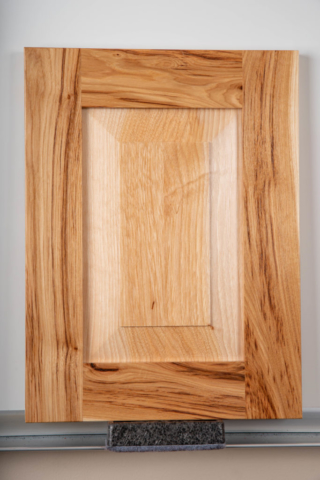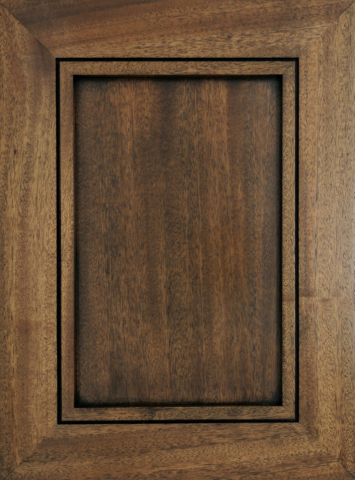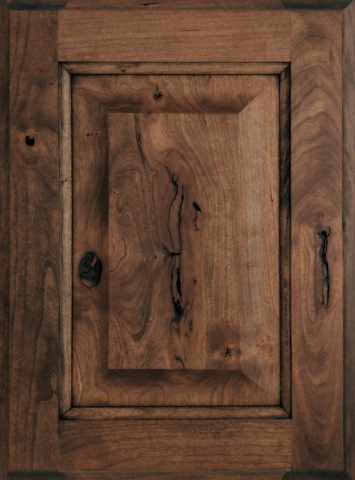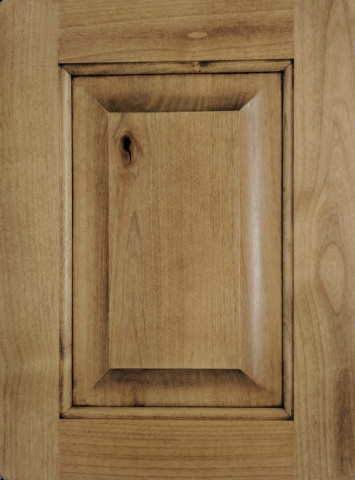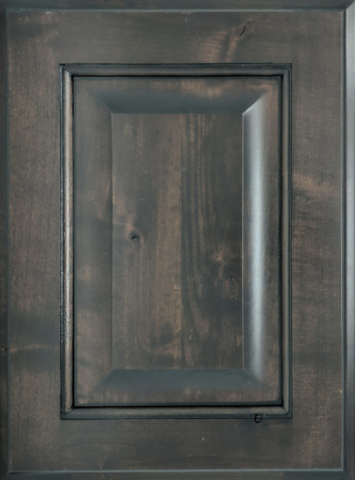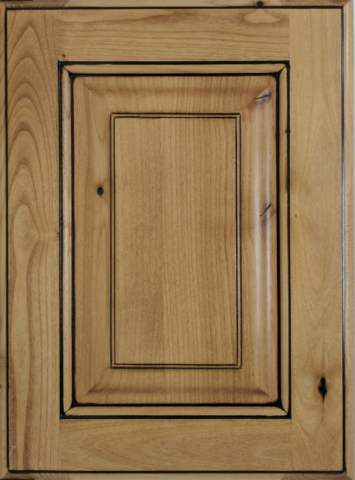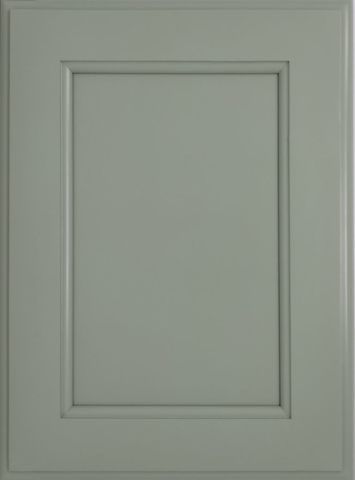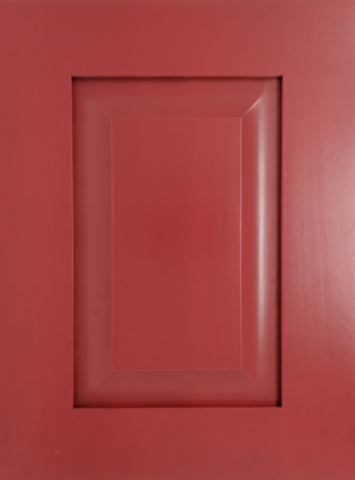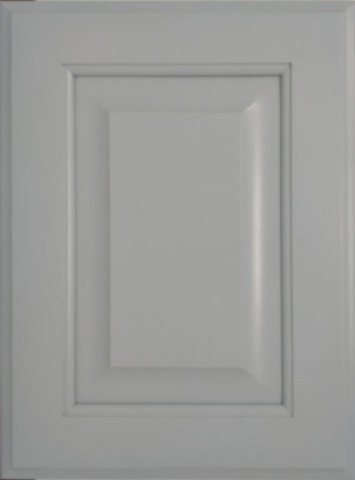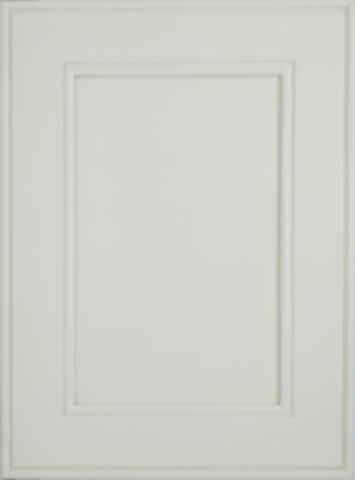Face Frame:
- This is a more common, American style cabinet.
- Face frames allow for easier installation and door/drawer adjustment.
- Require separate skin panels to be installed on site, on exposed sides.
- More options in sizes and modifications in a framed cabinet line.
Construction
The key is the addition of a solid wood face frame between the door and cabinet box of the framed cabinet.
The face frame is constructed of horizontal members called rails, and vertical supports called stiles. The combination of wood grain directions in the face frame helps to reinforce the horizontal strength of the cabinet at the front opening.
As another perk, the addition of a face frame minimizes an alignment issue known as racking, where the cabinet box is easily tilted out-of-square. If a cabinet racks, the vertical and horizontal components will not be level, and the doors and drawers will not align properly.
Installation
Framed cabinets are attached to each other through the width of the face frame. This allows the screws to anchor more deeply into the attachment points of the adjacent cabinet. Framed cabinets can accommodate a longer screw length (usually 2-1/2″) due to the width of the face frame and the solid wood material. (Pilot holes should be pre-drilled into the face frames to prevent the natural wood from splitting.)
Overlays
In cabinetry, an overlay refers to the amount of cabinet face the doors and drawer fronts overlap. The amount of cabinet face frame or box visible when the doors and drawers are closed is called the reveal. Framed cabinets offer three types of overlays: inset, standard, and full.
Standard: The door and drawer faces are slightly larger than the openings, and slightly overlap the face frame. Standard overlays offer less reveal on the face frame and are more forgiving with door and drawer alignments.





























